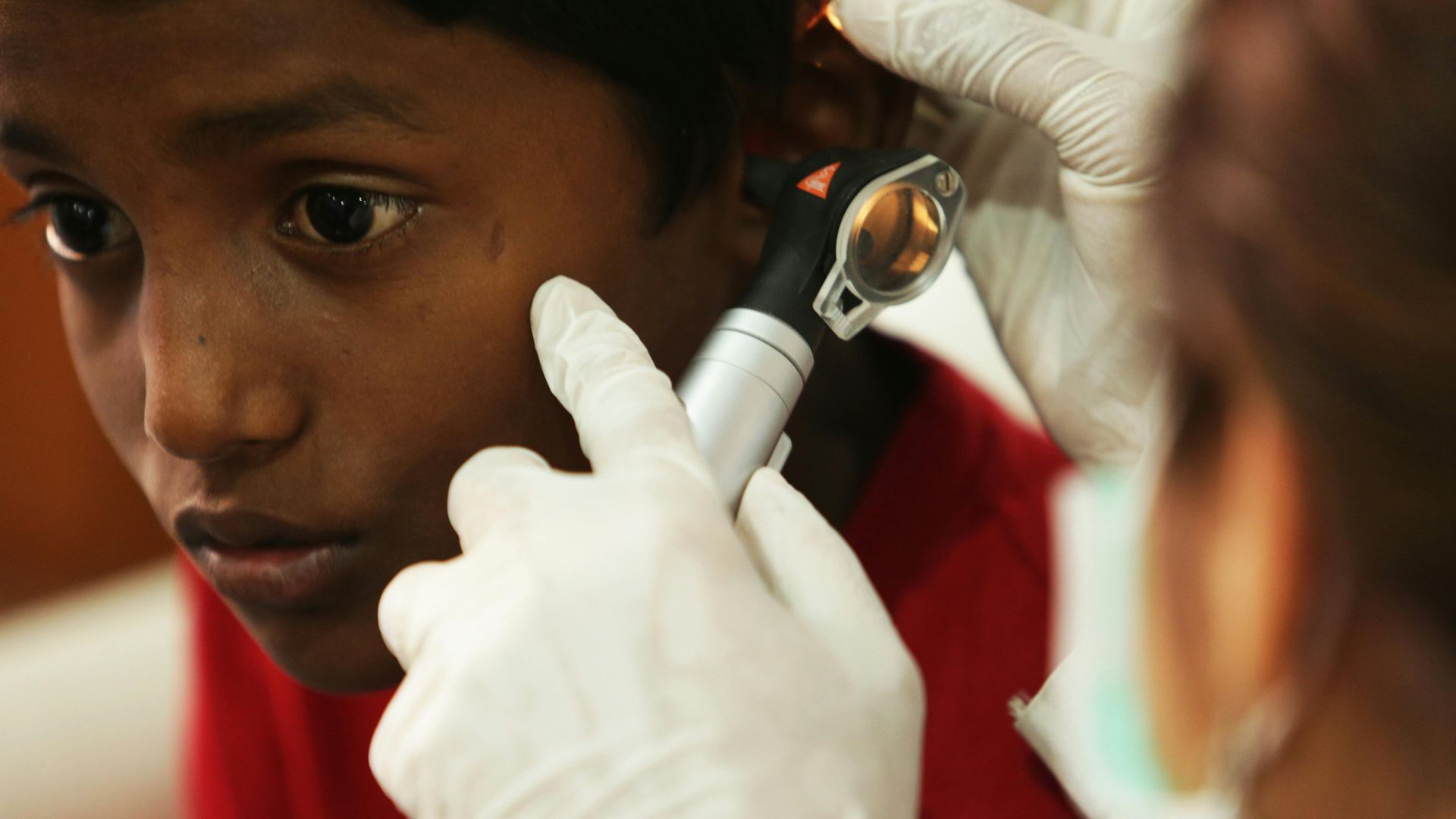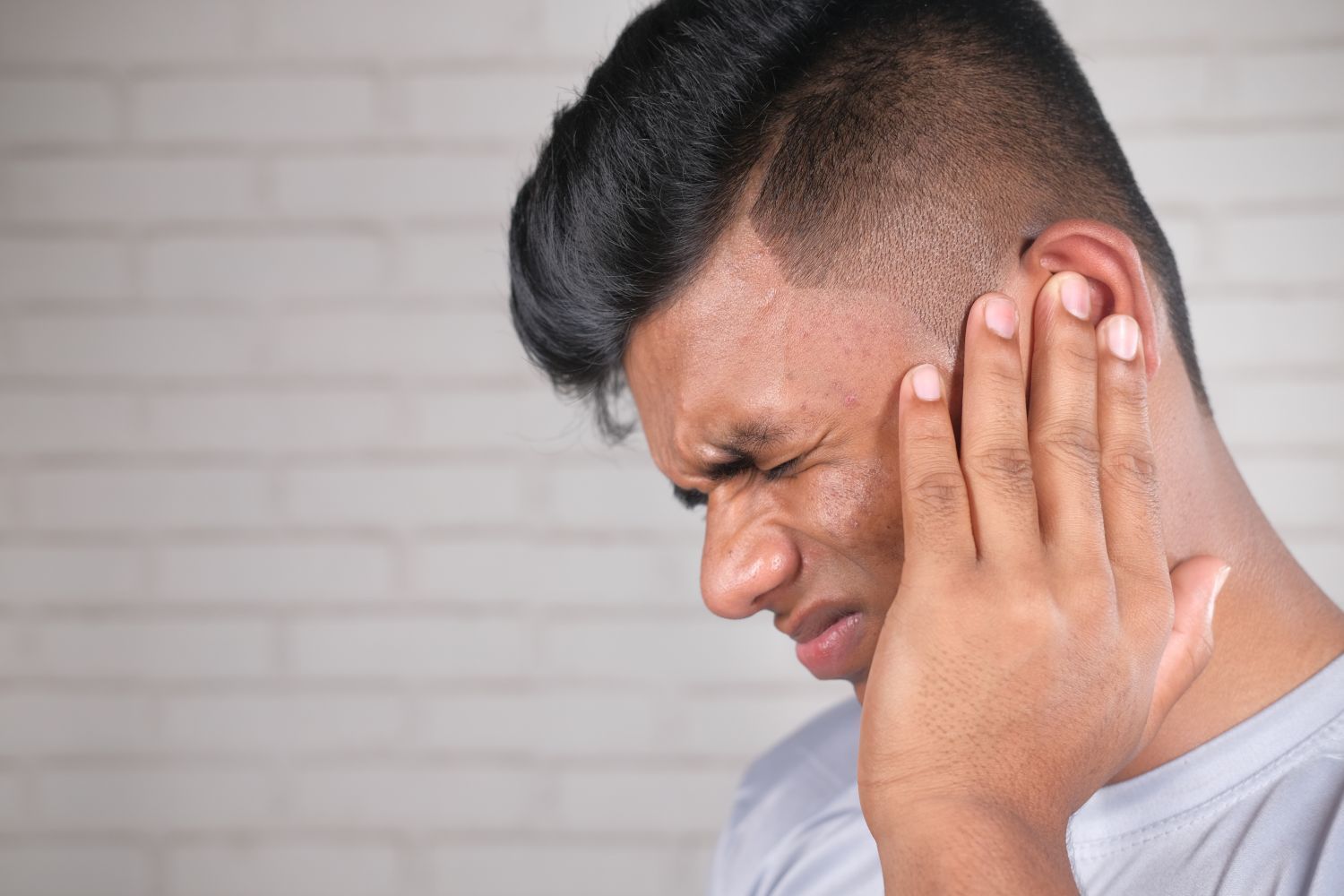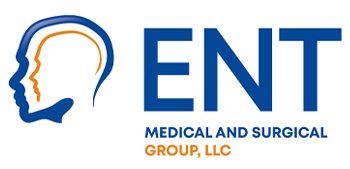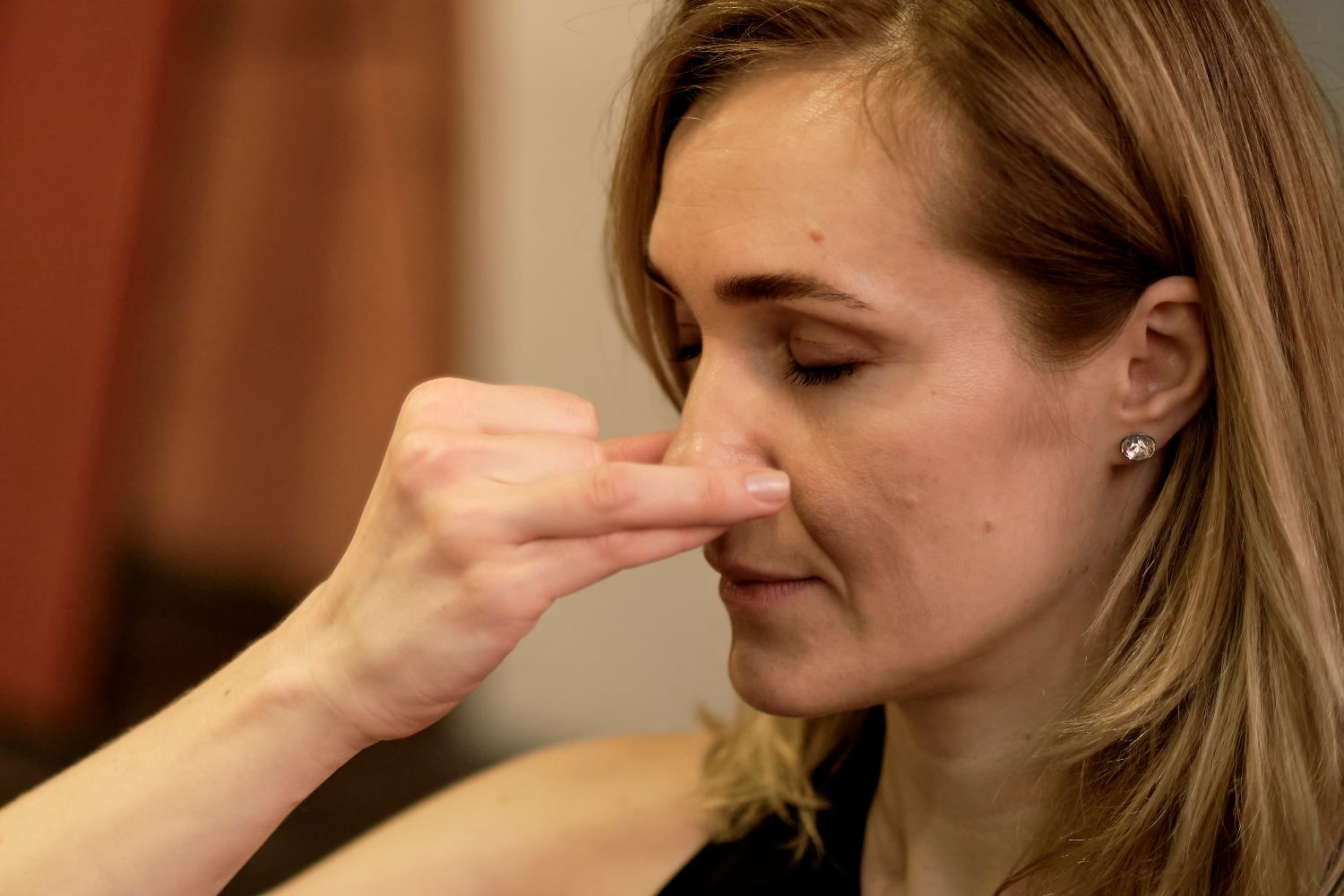How to Unclog Your Ears at Home: Safe and Effective Remedies
Have you ever experienced that annoying feeling of clogged ears? It can happen after a flight, a cold, or even just when swimming. A blocked ear often makes you feel uncomfortable, affects your hearing, and sometimes causes pain. The good news? In many cases, you can safely unclog your ears at home using simple, effective methods.
In this blog, we’ll explain why your ears get clogged, share safe remedies you can try at home, and let you know when it’s time to see a doctor.
Why Do Ears Get Clogged?
Your ears are designed to equalize pressure and protect themselves from dust and bacteria with earwax. But sometimes, this system gets out of balance. Here are some common reasons for clogged ears:
- Earwax buildup: While earwax protects your ear canal, too much earwax can block sound.
- Eustachian tube dysfunction: The Eustachian tubes connect your middle ear to the back of your nose and throat. When they’re blocked due to allergies, colds, or sinus infections, pressure builds up.
- Water trapped in the ear: After swimming or showering, water can stay trapped inside.
- Rapid Changes in air pressure: Flying or driving through mountains can cause pressure differences that clog ears.
Safe and Effective Ways to Unclog Your Ears at Home
1. Use the Valsalva Maneuver (Best for Flying or Altitude Changes)
This simple technique helps equalize ear pressure:
- Take a deep breath.
- Close your mouth.
- Pinch your nostrils shut.
- Gently blow air through your nose.
You may hear a slight pop as the pressure in your ears adjusts. Be gentle—blowing too hard can damage your eardrum.
2. Swallowing or Yawning
- Sip water, chew gum, or suck on candy to encourage swallowing.
- Yawning opens the Eustachian tubes naturally.
3. Apply a Warm Compress
A warm compress can reduce swelling and help open up your Eustachian tubes:
- Soak a clean cloth in warm water.
- Wring out excess water.
- Hold the cloth gently against your ear for 5 to 10 minutes.
Repeat this several times a day as needed.
4. Steam Inhalation for Congestion
Congestion from colds or allergies can block your ears. Steam inhalation helps open nasal passages and Eustachian tubes:
- Boil water and pour it into a bowl.
- Lean over the bowl with a towel over your head.
- Breathe in the steam for 5 to 10 minutes.
Studies show steam inhalation can ease nasal congestion and improve ear pressure.
5. Hydrogen Peroxide Ear Drops (For Wax Buildup)
· Mix equal parts 3% hydrogen peroxide and warm water
· Use a dropper to apply 2-3 drops
· Let sit for 1-2 minutes before draining
Note: Don't use this method if you have ear tubes or a perforated eardrum.
When to See a Doctor
Seek medical attention if:
- Symptoms last more than 48 hours
- You experience severe pain or hearing loss
- You notice pus or blood drainage
- You develop vertigo or ringing (tinnitus)
Medical Alert: Persistent clogging could indicate:
- Ear infection (may need antibiotics)
- Severe wax impaction
- Eustachian tube dysfunction
Prevention Tips
✔ Stay hydrated to thin mucus
✔ Use saline nasal spray during colds
✔ Chew gum during flights
✔ Treat allergies promptly
✔ Avoid cotton swabs (they push wax deeper)
Skilled Audiologists and ENT Doctors in Connecticut for Clogged Ears and Hearing Care
Clogged ears are common but usually not serious. If your symptoms persist or worsen, it’s important to seek expert care. At ENT Medical and Surgical Group in Connecticut, our experienced audiologists and ENT doctors provide comprehensive hearing and ear care services.
We offer a full range of evaluations, from behavioral hearing tests to advanced computerized assessments, along with the latest digital hearing aids tailored to your needs. Whether you’re dealing with clogged ears, hearing loss, or other ear-related concerns, our team is here to help.
Contact us to schedule an appointment or ask any questions about your ear health. Take care of your ears—they’re essential for hearing and balance!













